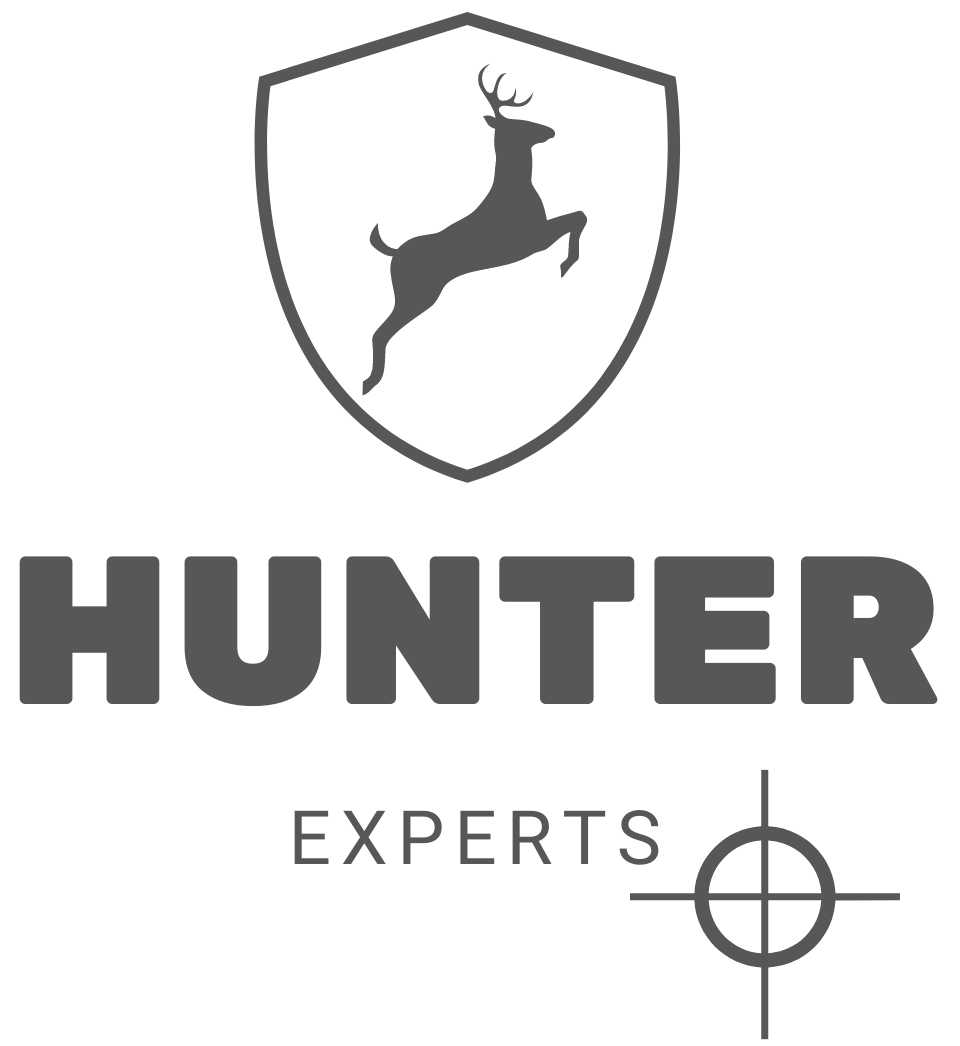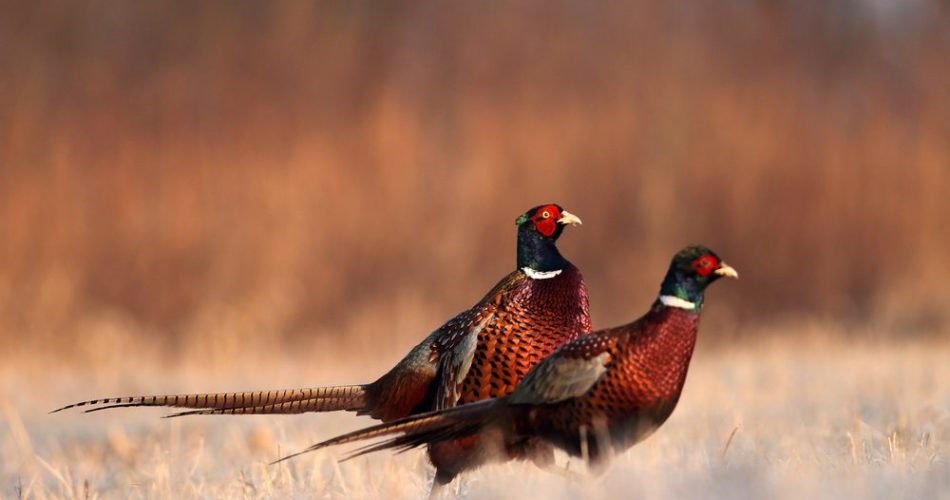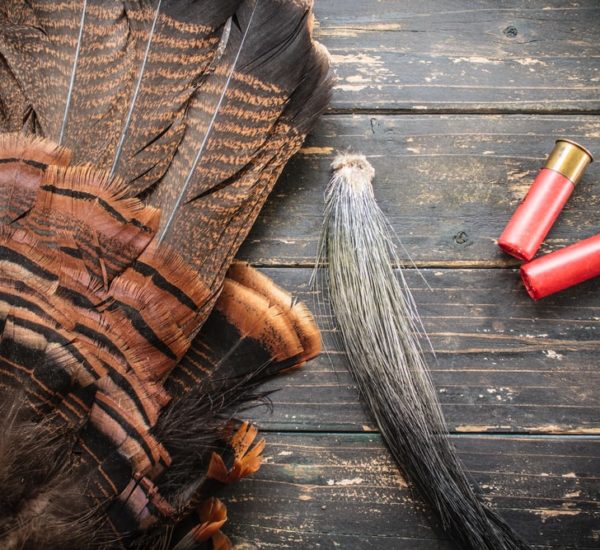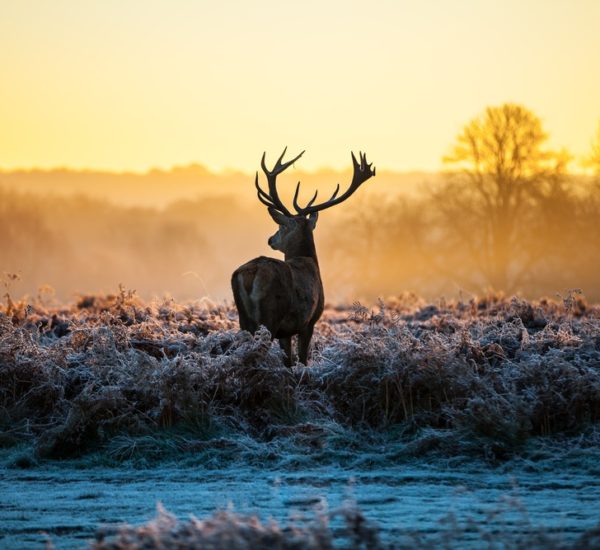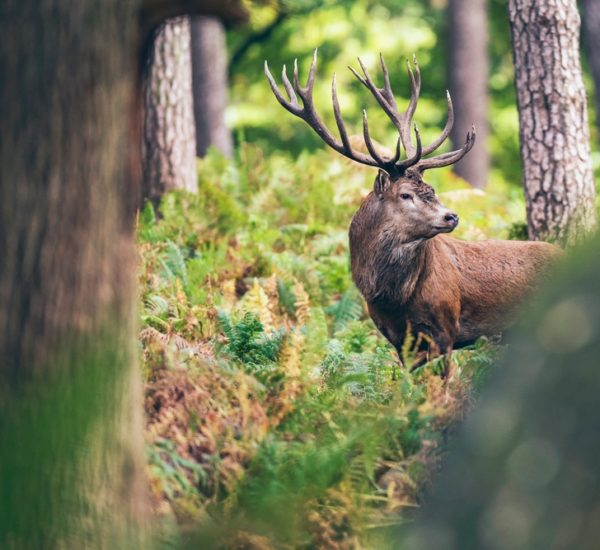You will agree with me that before embarking on pheasant hunting, you need to know what to wear pheasant hunting. Pheasant hunting promises to be a great introduction for upland bird hunting for new hunters, but it requires appropriate gear to have a good time.
This article explains in great detail all you need to know about pheasant hunting gear.
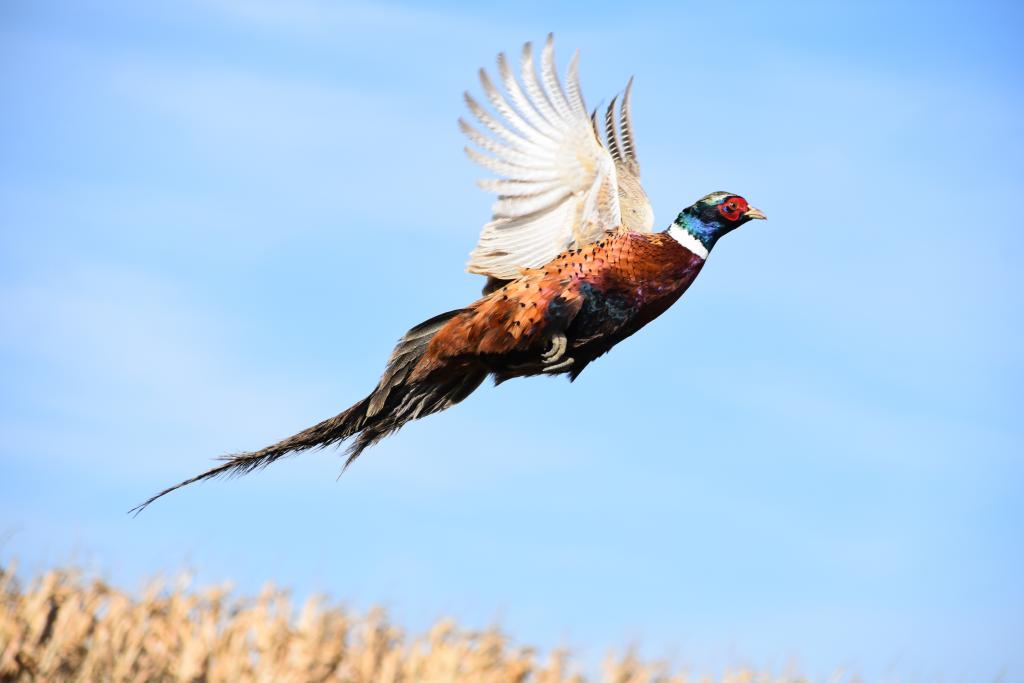
Best Gear for Pheasant Hunting
Top Clothing
You should wear a long sleeve shirt under an upland vest to ensure that your top skin is covered up. Pheasant hunting jackets or vests always come in earth colors mixed with orange. This color is mandatory in most states. A good jacket should be lightweight and filled with multiple pockets to make room for carrying all your essentials.
A multiple-pocket vest can hold your water bottle, gloves, and licenses. Many people pick vests with shotshell loops because it is better than carrying shells in a purse. The bright color on your upland vest makes it easier for hunters to spot one another in tall grasses. Everyone knows not to shoot when they see the bright color not to mistake a human for an animal. Always ensure that your jacket fits you properly to hinder you from running or shouldering your shotgun.

Bottom Clothing
Always opt for thick pants, also known as chaps or brush pants, that will help you bust through briars and heavy cover without sustaining any injuries. PH requires lots of running to catch your prey, so make sure you get a pair of pants that are up to the task. Choose a fabric that will not retain moisture caused by dewy mornings, rainy days, and sweat. Your upland pants should not retain moisture and should have full movement potential so they won’t hinder or limit your movements.
Pick a pair of pants with multiple pockets for additional storage space for all your essentials. Also, choose a lightweight fabric to slow you down or tire you out easily, especially since PH often requires you to walk long distances.
Now that you are well-informed about the appropriate clothing for PH, there are some noteworthy things to look out for when doing laundry for your gear.
- Avoid scented or perfumed detergents.
- Avoid detergents that have UV brighteners.
Using detergents that are specially formulated for these types of clothing will be free of these ingredients. Scents or bright clothing can alert the birds that there is imminent danger.
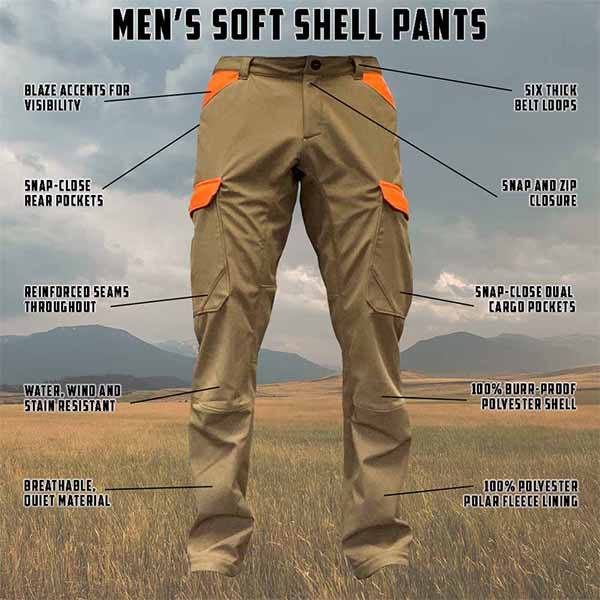
Protection glasses
It is best always to wear shooting glasses anytime you are walking through tall grasses. This helps to protect your eyes from common injuries during this course, including errant shot pellets. A pair of protection glasses also makes it easier to look up into the sky and see your prey flying across. It reduces sharp blinding lights and helps you spot your target easily.
The best shooting glasses have full-coverage lenses with various colors that can be switched to fit into different surrounding lights. Shooting glasses are helpful for beginners to learn basic skills of the sports before going on real hunts.
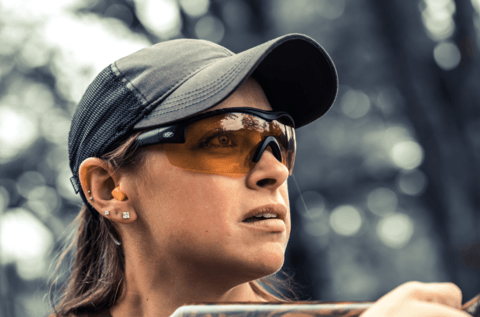
Picking the right boots for pheasant hunting
Sturdy boots are one of the pheasant hunting essentials. A bad boot can alter the entire course of PH and can significantly reduce the probability of success. Here are some noteworthy things to consider when selecting pheasant hunting boots:
Season
Always consider the season at your hunting location before purchasing your boots. Make sure that the material of the boots is durable to withstand the seasonal conditions of the area. Some boots are better suited for wet or dewy weather better than others. To be on the safer side, opt for shoes that work during dry or wet weather with durable materials.
Comfortability
Steer clear of a boot that is going to tire you out in no time. PH often requires you to walk a lot, so you should purchase a boot that helps maintain your energy level by preventing foot aches or injuries. A snug boot that fits well around the ankles and allows you to wiggle your toes effortlessly is best for the job.
Do not forget to purchase high-quality socks. Look for fabrics that do not retain sweat or other fluids. Steer clear of cotton athletic socks because they are known to retain sweat.
Stability
Pick a boot that is between seven to nine inches tall because they provide coverage for your ankles if you ever step into a ditch or hole. Also, look for thick and well-balanced soles that provide friction, cushioning, steadiness, and comfortability.
Look for soles that balance well on uneven terrain and are thick enough to ensure durability over an extended period. Also, take into account the tread and build of your boots before purchasing. Boots that are designed with shallow tread patterns reduce mud accumulation, while an aggressive tread is ideal for rough or bumpy ground.
Moisture
The last thing you want to happen during hunting is to get wet feet. Wet feet are uncomfortable performing any physical activity, so ensure that your boots do not retain moisture and ruin your pheasant hunting.
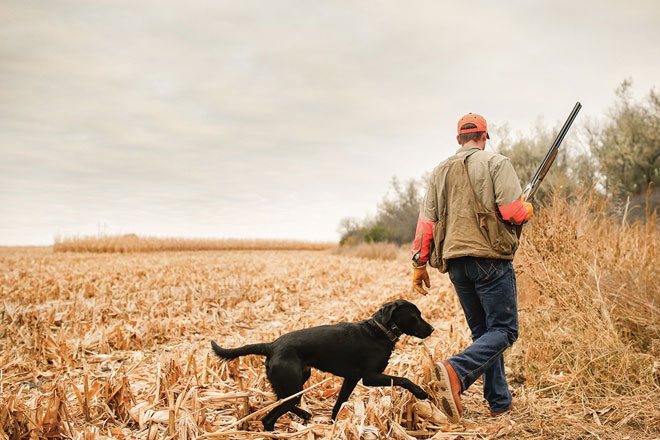
Temperature
You want to avoid cold feet during cold weather and sweaty feet during warm or hot temperatures. Opt for an insulated boot during cold weather and a non-insulated one for warmer or hot weather.
Fabric
Please do not ignore the covered top of your boot because it supports the ankle and protects the foot against potential injuries. Most upland boots are made entirely with leather or combined with nylon fabric for added protection. Leather boots are the top-rated options because they provide support and protection and are more durable and sturdier than most fabrics.
Inferior-quality boots tend to break or tear easily because they are made with less durable materials or split leathers. Also, some fabric panel boots incorporate stylish patterns and are usually lightweight, flexible, and affordable.
Ammunition
Probably the most important pheasant hunting equipment is a shotgun. Picking the right or wrong shotgun can make or mar your hunting experience. Choose a lightweight gun that’s easy to use and offers a quick second shot. The best shot sizes for pheasant hunting are steel 3’s and 4’s in 12 or 20 gauges. Steel shots provide the best results because they have the extra speed necessary to impart a greater striking force on the prey.
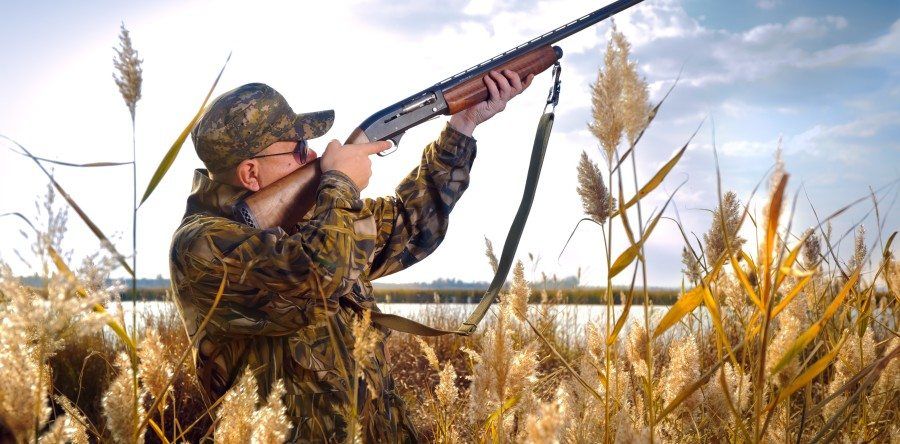
FAQs
When is the best time for pheasant hunting?
Mornings and evenings are the best periods because the birds often come down to eat in or other light covers. When the sun is shining, and hunters arrive, the birds will hide until treat the threat is no more.
Is pheasant hunting hard?
Pheasant hunting is ideal for beginners because they can learn basic skills within a short time. However, it can take a few years to grasp the skills fully.
What gear do I need for pheasant hunting?
You need an upland vest or jacket, a thick long-sleeve shirt, durable pants, shooting glasses, sturdy boots, and a shotgun.
What colors are best for pheasant hunting?
Blaze orange is the mandated color for pheasant hunters everywhere. This enables them to tell from a distance that a human is in the bushes. Earth tones and blaze orange are the usual colors, carefully selected for safety purposes.
Summary
Make sure to prepare your gear before embarking on pheasant hunting. Having the appropriate gear can protect you from potential dangers in the bushes and increase your chances of a successful hunt. Every hunter should know what to wear pheasant hunting.
